
What are Rich Snippets?
Rich Snippets define the structured data markup that site operators may add to their current HTML. It can help search engines to better understand what information is on the web page. However, major search engines have taken this step further and are now using this markup to present richer search results, making it easier for users to find the information they are looking for.
Under normal circumstances, when your website appears on the SERP, Google, and other search engines, it displays the title of the site, the URL, and whatever meta description you have assigned to the page. When Rich Snippets is used, Google is now able to display a little more information about the actual result, including whether this particular result is a review, a person, a product, a business, and more.
Think about how a star rating result appears for a product on iTunes or Google Play, the number of votes that resulted in that rating, the price and the platform sponsored.
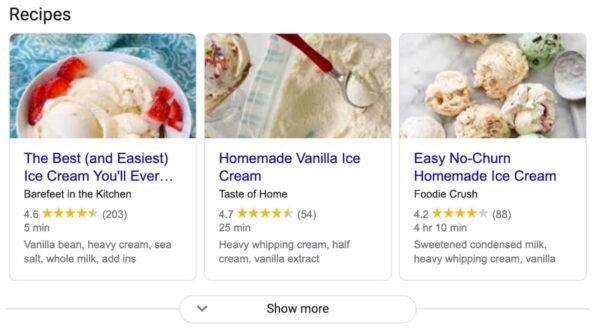
When Rich Snippets show up?
Rich snippets can only appear on pages containing certain types of information and can be further restricted by the type of device. For example, “how to” rich snippets can only be viewed on mobile devices:

You may have a question in your mind on how long your website Snippets will take to appear in Google. It depends on how much credibility your site has, and also because Google doesn’t want people to play the search results. Some sites have been able to deduce how many parts of this work and how long it takes, but it’s going to be different on every site. Google’s overall trust in your site is a significant factor.
There are a few steps your site is going to take:
- The first step is to add structured markup to your website. You can look for how to set this up, or you can install a third-party SEO app that will do this for you automatically.
- When Google crawls your website, you will see your structured markup. They do nothing with your structured markup.
- After crawling your site and seeing the structured markup in place, your structured data analysis will begin.
- Gradually, some pages with Rich Snippets will start showing up in some of the search results. Some of the searches will not show the Rich Snippet, while others will. It all depends on the trust, quality, and individual search of the website.
- After a few days, your website may lose some or all of its Rich Snippets. This seems like a normal part of Google re-adjusting the Rich Snippets search results. It is important not to change your structured data format during this period; otherwise, you might delay the final result. You can build new pages, edit pages, and update your structured data. But you’re not allowed to change the format of them.
- After a few days without any Rich Snippets, they will slowly begin to come back over the next few months. At this point, you should have the so-called “semi-permanent” Rich Snippets. Google would try to display most of the searches on every page you have with its Rich Snippet. Some searches and pages may not be shown depending on the Google algorithm.
Google wants to show websites that are the most important for their searches. Keeping relevant data on your site is a way to help Google discover your useful content on your site. Rich Snippets is a way for Google to promote your best content to you in an organized manner.
Difference between Rich Snippets and Rich Results:
You may have heard the word “rich results,” which is sometimes used interchangeably with “rich snippets.” Rich snippets are a type of rich results. These are standard search results with additional information shown alongside the title, the descriptive snippet, and the URL.
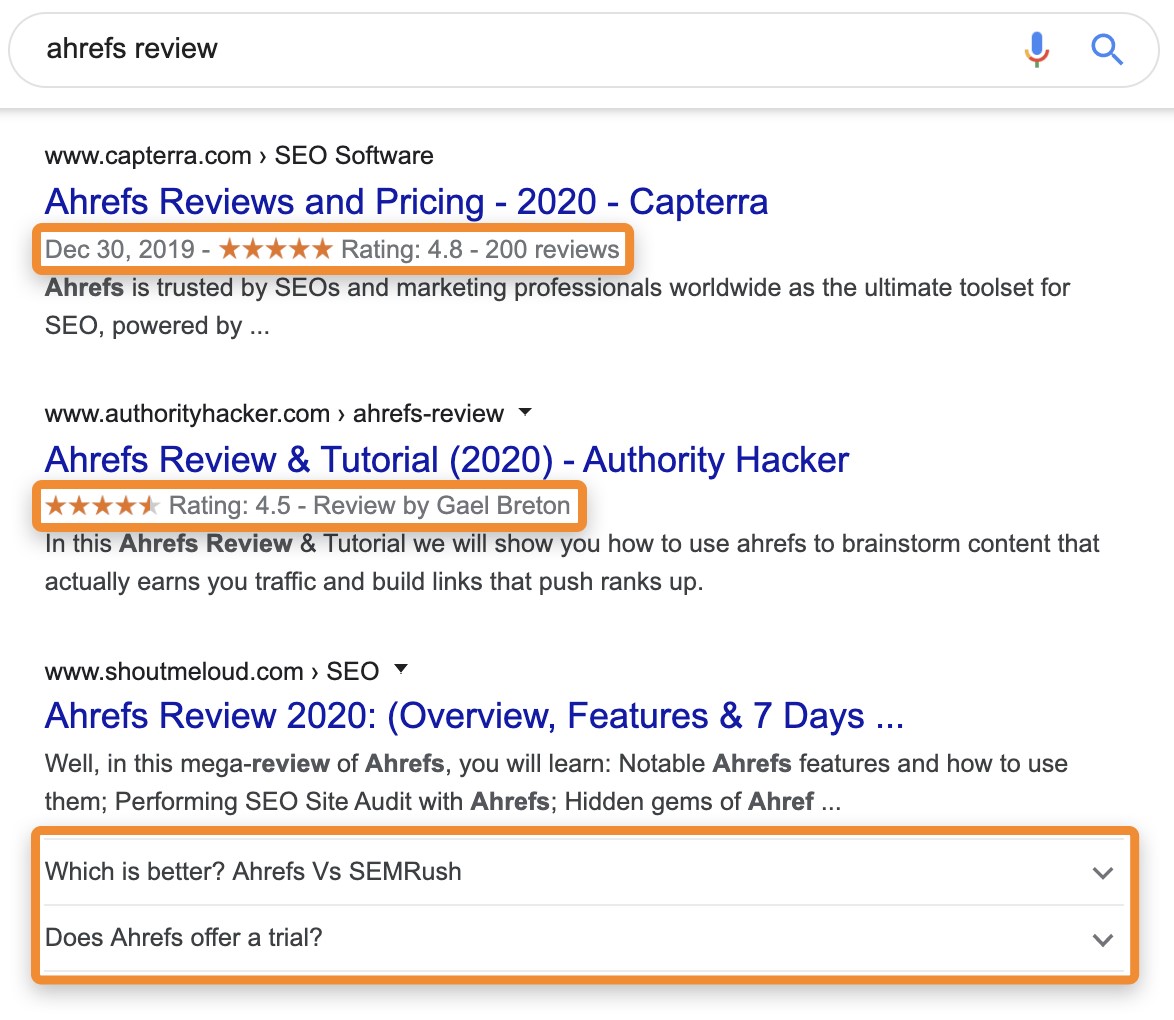
While rich results are any type of visually enhanced search result with information derived from the related structured data, rich results are designed to highlight key details and help search engines understand the purpose of the page as precisely as possible. This means less guesswork for Google and more user-relevant data.
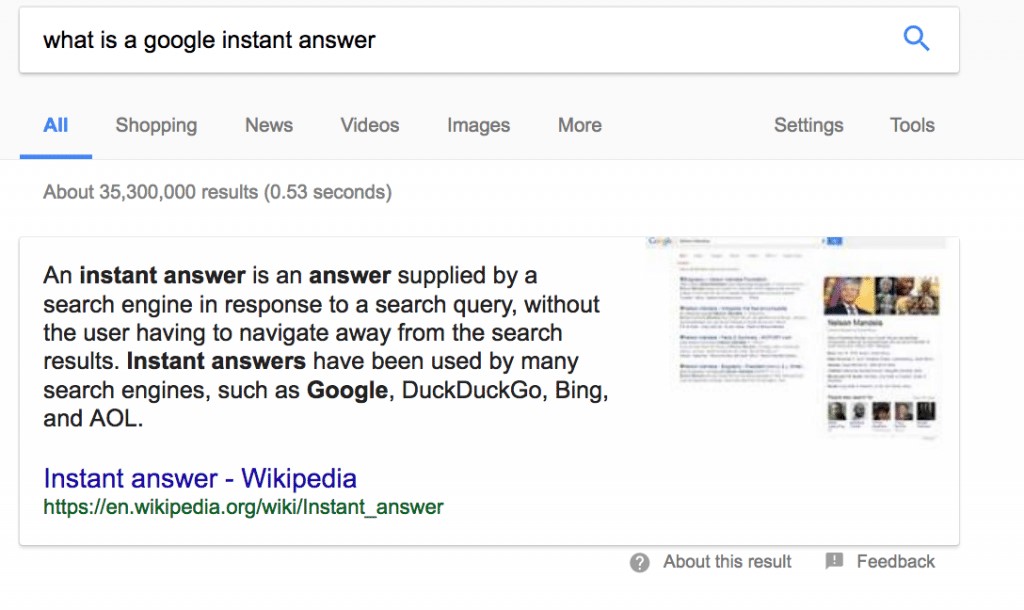
How Rich Snippets Improve SEO?
As you may have observed on your own, not everyone gets a rich snippet. Hardly any of the results of the search have this one. Most people don’t know how to get one or the implications it can have on your SEO. You may have worked hard to create persuasive meta explanations to attract people in, but that still doesn’t look as good as someone with a rich snippet.
If you have one, you’re going to stand out right from the start. If someone is searching for information and gets a result that includes a lot more information, you’ll get their attention right away. Getting this extra knowledge will also make you appear to be more trustworthy than your competitors. This is good for both you and the customers, as they get the details they want and you can get a higher click-through rate.
Rich snippets do not directly improve SEO. Using a structured data markup on a website alone would not improve the likelihood of a higher ranking in search results. However, it can affect your SEO results. The secret is that Google loves when search results help users find what they want. And that’s exactly what the rich snippets are doing.
On-page behavioral data such as CTR, bounce rate, and on-site time all affect rankings. Rich Snippet not only allows more users to click on your website, but it also helps pre-qualify visitors to make sure they find value while on your page. So while rich snippets themselves might not be an official ranking signal, they have a huge potential for your SEO to skyrocket.
How to get rich snippets?
Rich snippets are created based on structured data that is accessible for some content pieces. The data is formatted and structured in such a way that it is easy for Google to understand and use it for SERPs and other purposes. Here’s how to make the most of the rich snippets in six easy steps.
Select the Markup Specification:
You can write out the structured data using a few different specifications. The three markup requirements are microdata, JSON-LD, and RDF. More information on these frameworks can be found in the Google Introduction to Structured Data Guide.
Determine the Content-Type:
Google can add additional features to search results, such as a review of the recipe or the price of the product. If you’re wondering how to get Rich Snippets to show for your business, the best solution is to use the content type “Business & Organizations.” You can also select from a number of other types of content, including Events, Music, People, Products, Recipes, Reviews and Video. Visit this Google Guide for more detail on how to find content objects.
Identify all Required Properties:
Although there are several different content assets to choose from, it is not mandatory to include each of them. You’ll want to be sure to include item code, item type and itemprop when you encode your structured data markup. You may enter additional information about your pages, such as rating, author and date of publication, depending on the content.
Develop the Structured Data Markup:
You’ll need to create your markup code to get Google Rich Snippets to appear for your business. This allows you to have the minimum details necessary for Google to support your content with rich snippets. The minimum fields required for Business & Organizations, including name of company, logo and URL. You can read more about the terminology used in the structured data markup on Schema.org and use the Google Structured Data Markup Helper to generate the required code.
Test the Structured Data Markup:
Understanding how to get Rich Snippets is worthless if you haven’t written a structured data markup correctly. Although you can wait for Google to start collecting your rich snippets, there is no guarantee that this will happen. Luckily, Google offers a free tool to help you test your code. After you have added markup to your web page, test your page using the Google Structured Data Testing Tool.
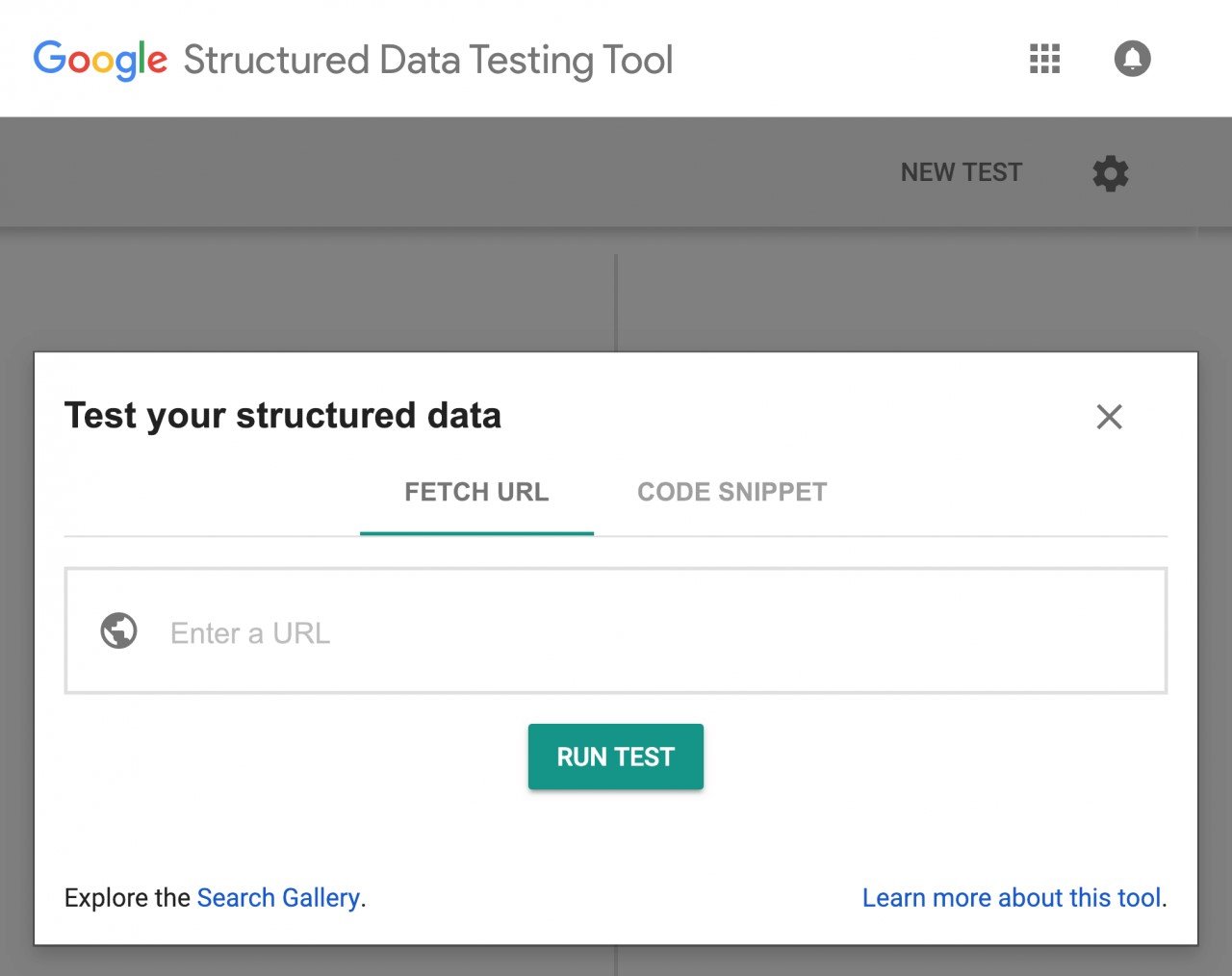
Monitor SERPs for the Rich Snippet:
Nothing is more rewarding than seeing the hard work pay off. Depending on how frequently you post content on your website — and how often Google browses your sites — it can take more than a week before you find your rich snippets in Google’s SERP. You may also track the status of structured data on your domain, including individual pages, items and errors that have been found, using the Google Search Console.
If you want to get advanced SEO data and track featured snippets for specific keywords, I would recommend using simple SEO tools, like Wincher. It’s an affordable tool that helps to track Google keyword rankings and measure your online performance.
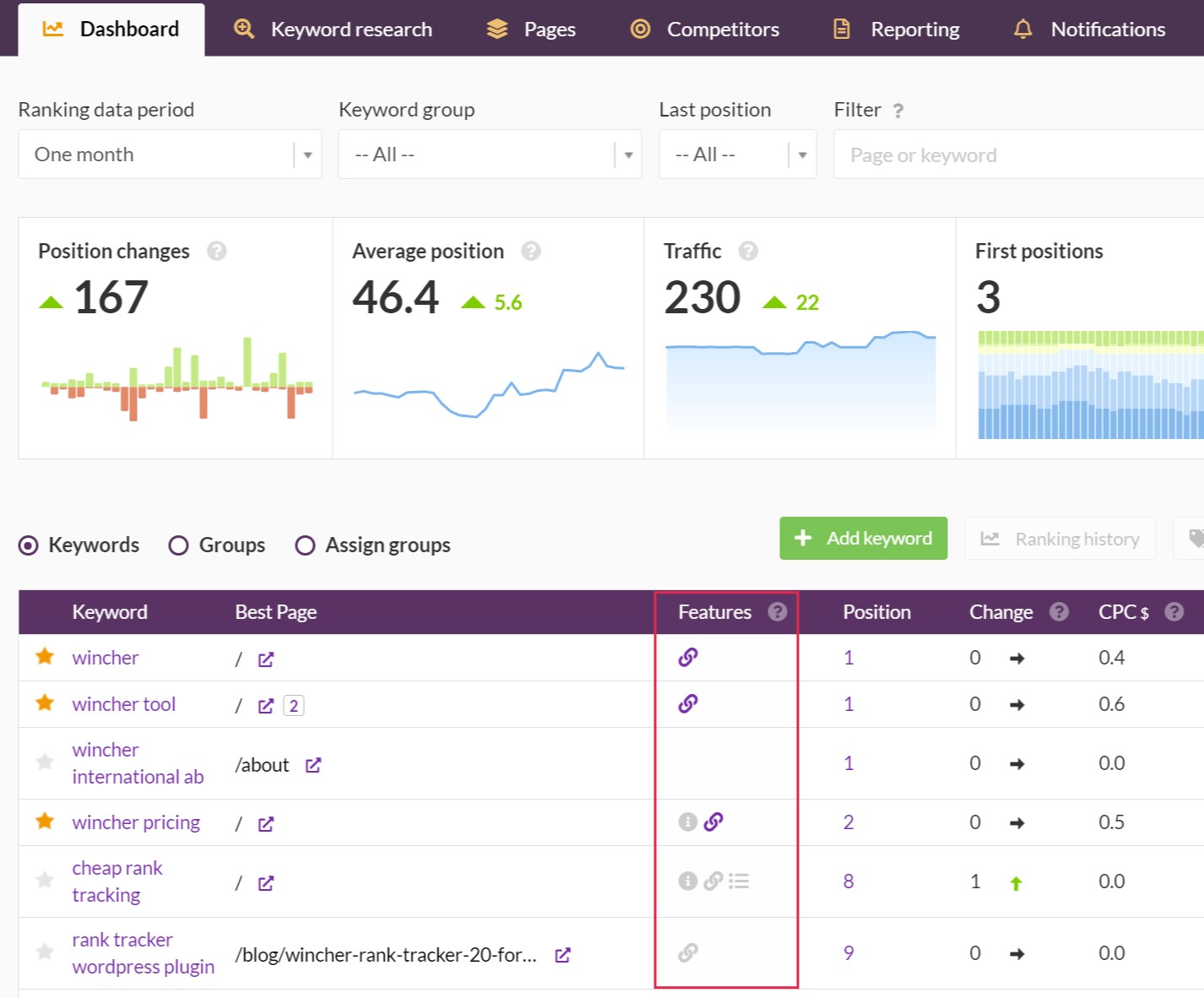
Summing up
Rich Snippets can bring more traffic and clicks to your website. Isn’t that goal of any website owner or SEO specialist? Yes, for sure. But that’s not the one advantage of optimizing the structured data. Because it helps Google to build the Knowledge Graph and provide the most relevant search results.
So feel free to use all the helpful information and detailed guide on how to develop the structured data and get rich snippets. Get the most out of that!
If you’re looking to sell SEO services to your clients and add an additional revenue stream to your business, Boostability can help! As the global leading white label SEO company, we have the expertise, experience, and resources necessary to help you achieve sustainable growth for your own business as well as your clients. Check out the details of our white label SEO partner program here or learn more about what white label SEO is if you’re new to this business model!

